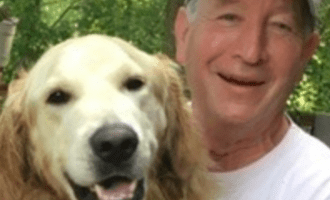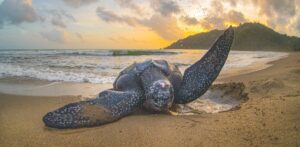This presentation will use a sonar-mapped oyster reef from the dock of the Hyatt Regency Hotel in Cambridge, MD to illustrate, geologically, what the Bay looked like in this vicinity of the Choptank River from 20,000 years ago (when the sea level was 300 feet lower) until now. You will see the Choptank as an energetic, flowing, meandering river; the subsequent incursion of saltwater into the Chesapeake Bay; and sea level reaching its present level from 6,000 years ago. The presentation will show the burying of that reef by sediments washing off the fields of the Wilhelmina Colony up by the Dover Bridge in the late 1800’s. Finally, the program will also suggest that there was more going on to cause the demise of oysters than over exploitation.
Course Links:




